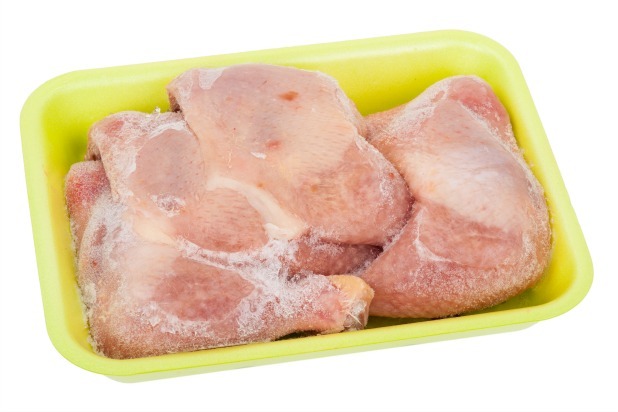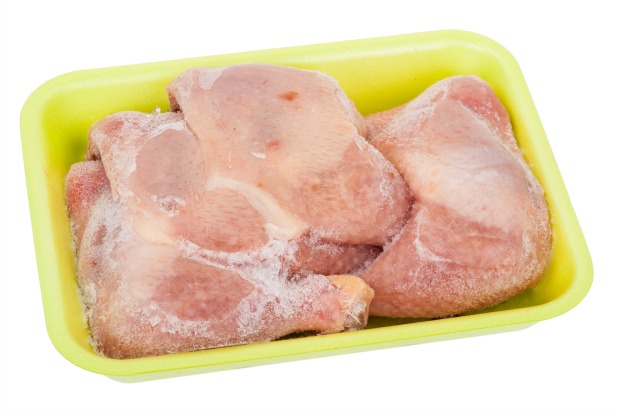8 Ways You've Been Cooking Chicken Wrong
Unless you're a vegetarian or vegan, the chances are good you've had chicken several times this week. Chances are even better that you cooked some of that chicken in your home at least once during the course of the past seven days. Despite the fact that chicken is one of the most commonly prepared items in the United States, many home cooks across the country don't cook — or handle — chicken properly. The effect of these mistakes may be as harmless and dry, flavorless chicken, or as serious as food poisoning. If you make chicken at home, you could be making these same mistakes.
Click here to see the 8 Ways You've Been Cooking Chicken Wrong (Slideshow)
The first part of cooking chicken properly is handling it correctly. Because much of the chicken raised for consumption in the United States is done so using "conventional methods," which means raising as many chickens as possible in as little space as possible, the chances of chicken carrying salmonella bacteria in its digestive tract are significantly increased. Additional handling (for example, chopping chicken into smaller pieces like tenders) and packaging can introduce bacteria as well. Salmonella bacteria thrive in warm temperatures so it is important to store chicken at or below 40 degrees Fahrenheit and to cook it to 165 degrees. It's also important to avoid cross-contaminating kitchen equipment and surfaces when you're working with raw chicken; even simple mistakes like rinsing chicken can contaminate your sink, your dishes, and other foods.
White breast meat is such a popular choice when it comes to cooking chicken, so the second important thing to remember has to do with cooking lean meats in particular. It's considered by some to be healthier than the chicken's dark leg meat because it is lower in fat, but because it's leaner, it's more challenging to cook. Proper cooking techniques, staying within proper cooking temperatures, and adhering to appropriate cook times are all essential parts of ensuring a juicy, flavorful piece of white meat chicken. Though you should always cook chicken fully to prevent food-borne illness, you also should not overcook it; overcooking chicken will cause it to become dry.
Need more guidance? Here are some common mistakes home cooks make when working with chicken:
Thawing Chicken
(Credit: Shutterstock)
According to the USDA, there are three safe ways to thaw frozen chicken: plan ahead and thaw frozen chicken in your refrigerator, place the chicken in a sealed, leak-proof plastic bag and thaw it in cold water (changed every 30 minutes), or thaw the chicken in your microwave immediately before cooking it.
Cross-Contamination
(Credit: Shutterstock)
Rinsing your chicken before cooking it doesn't kill germs; it actually spreads them. Don't rinse your chicken in the sink and, if you have been, be sure to sanitize your sink to prevent food-borne illness.
Click here to see more ways you've been cooking chicken wrong
Kristie Collado is The Daily Meal's Cook Editor. Follow her on Twitter @KColladoCook.

